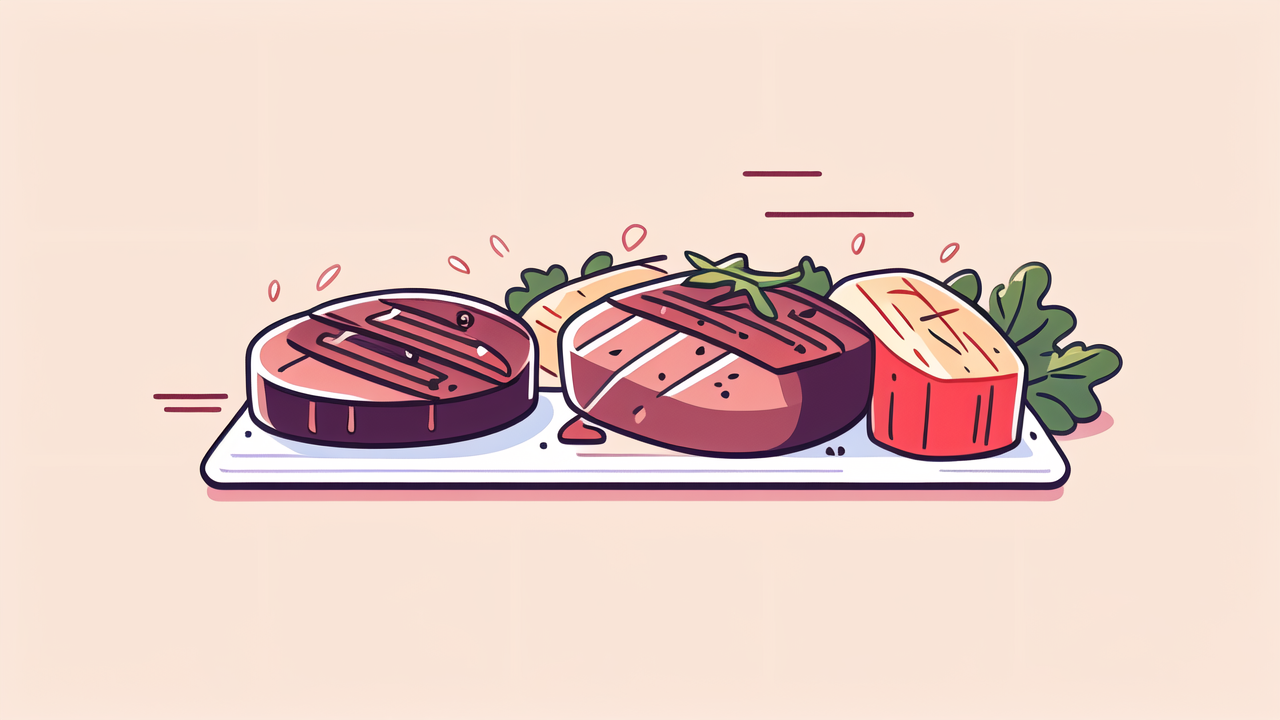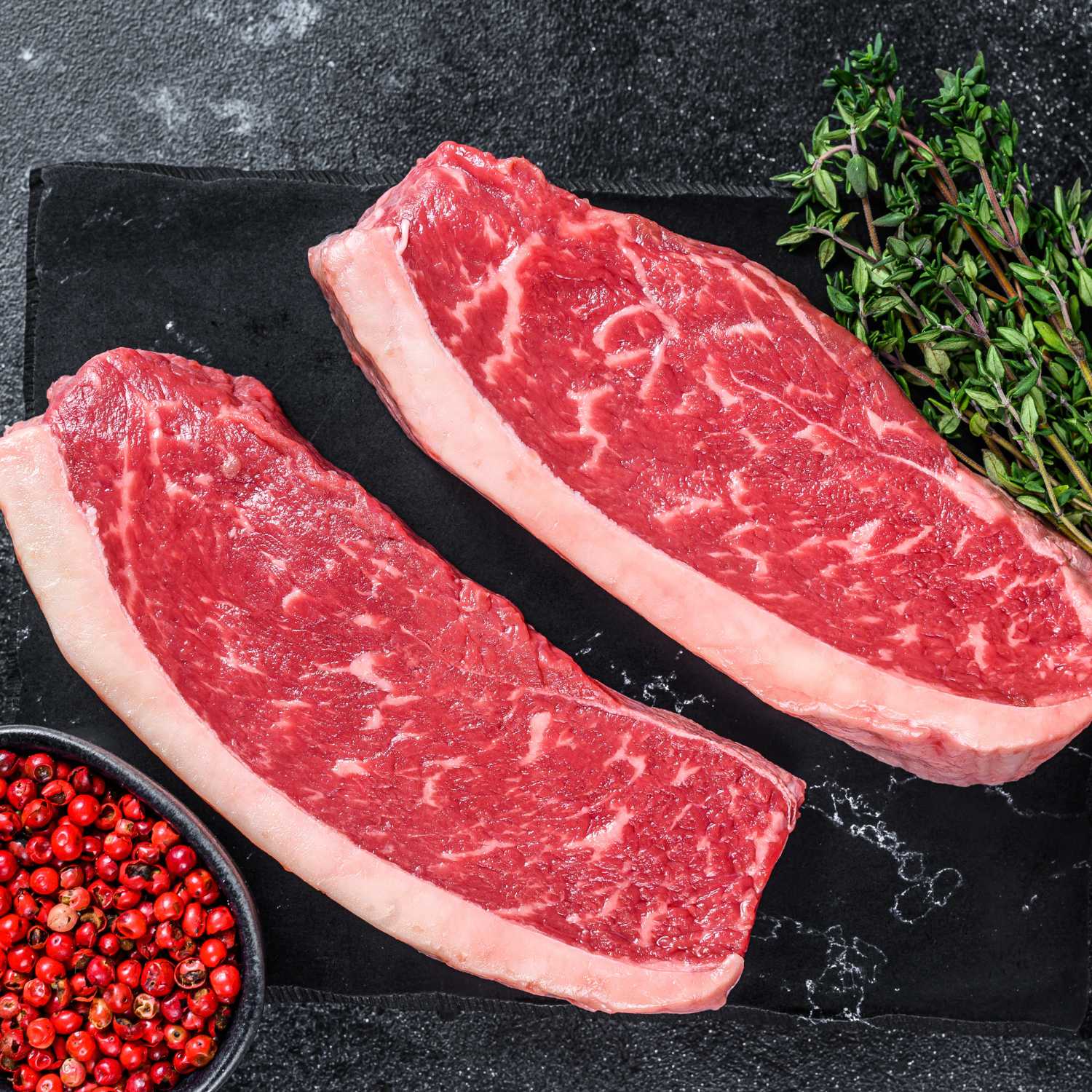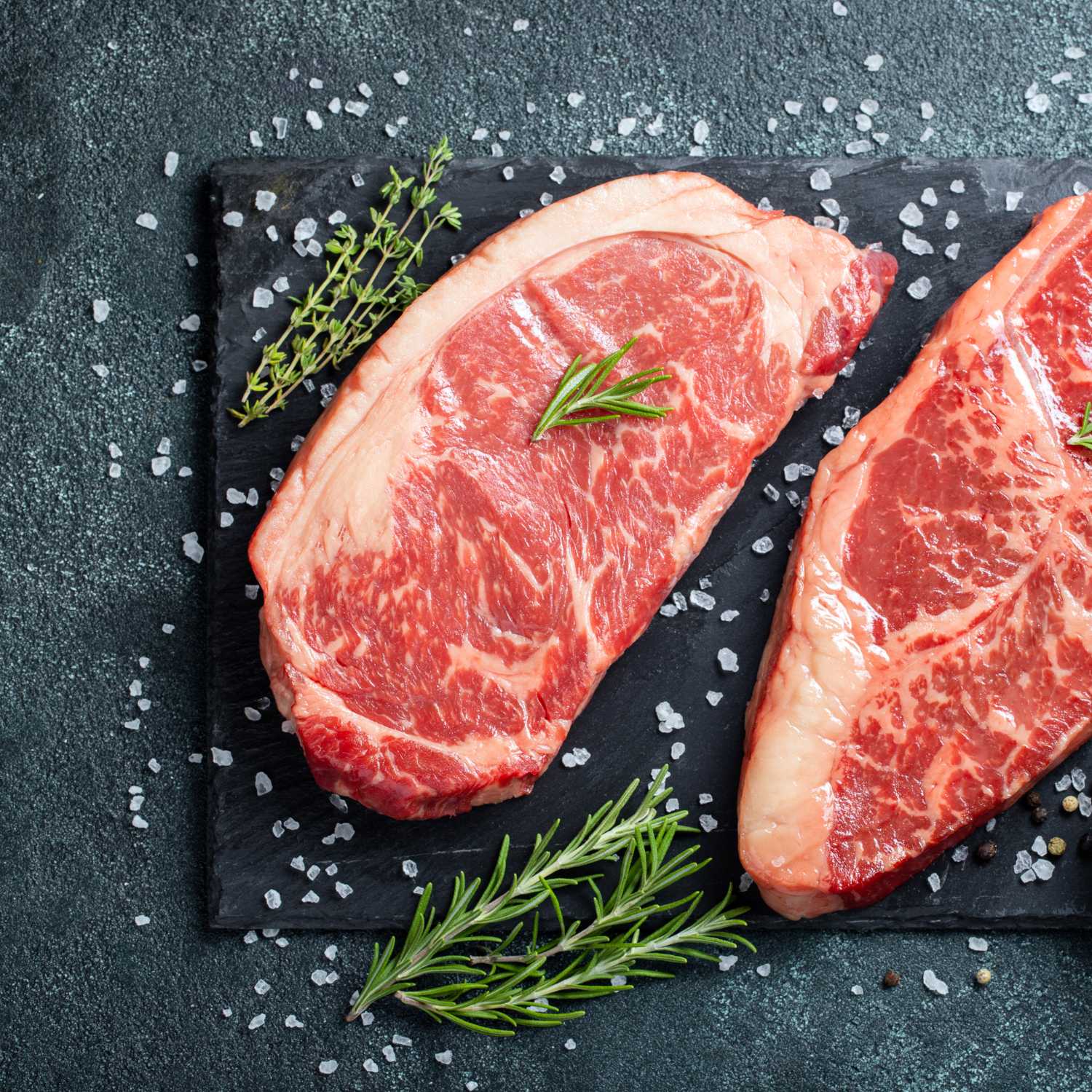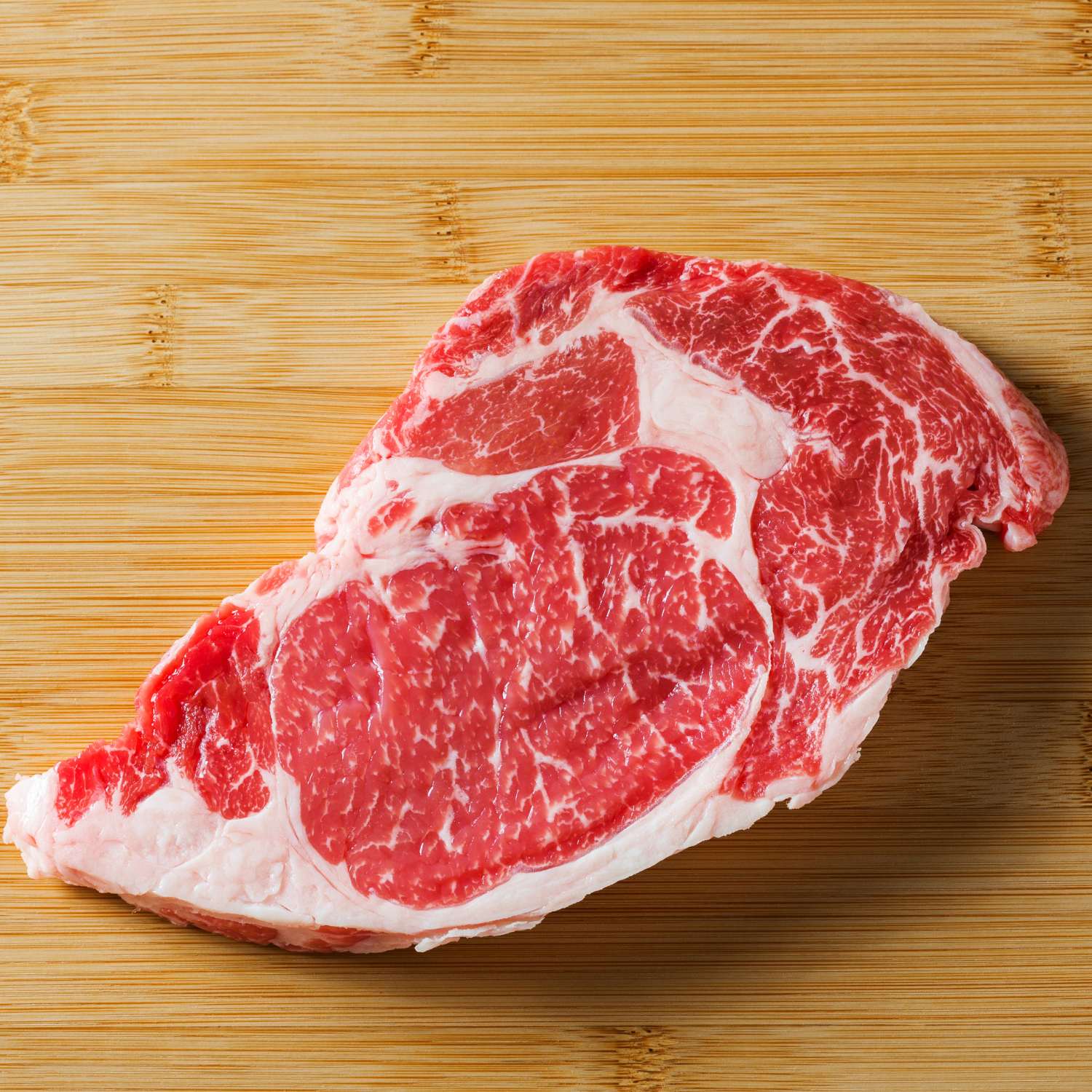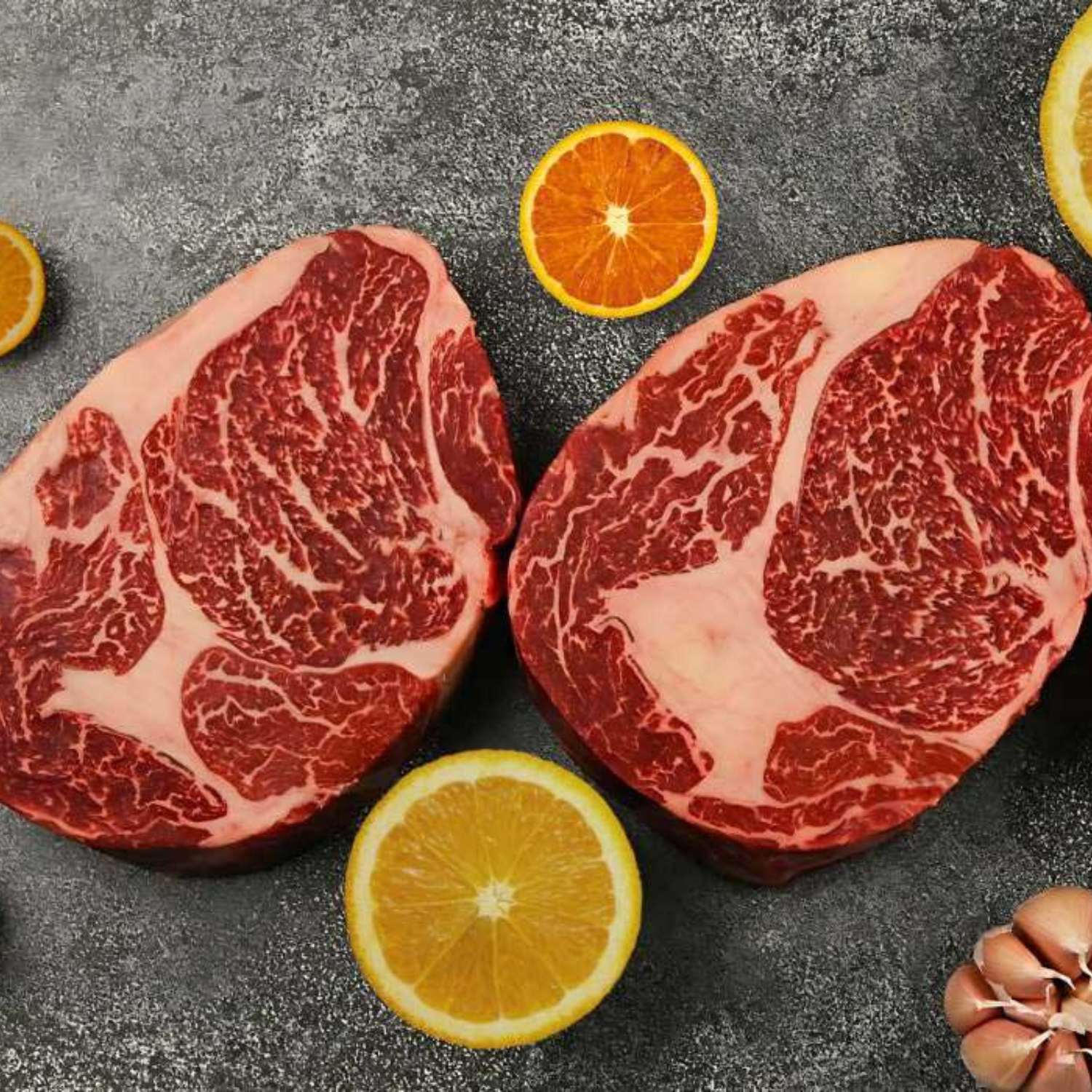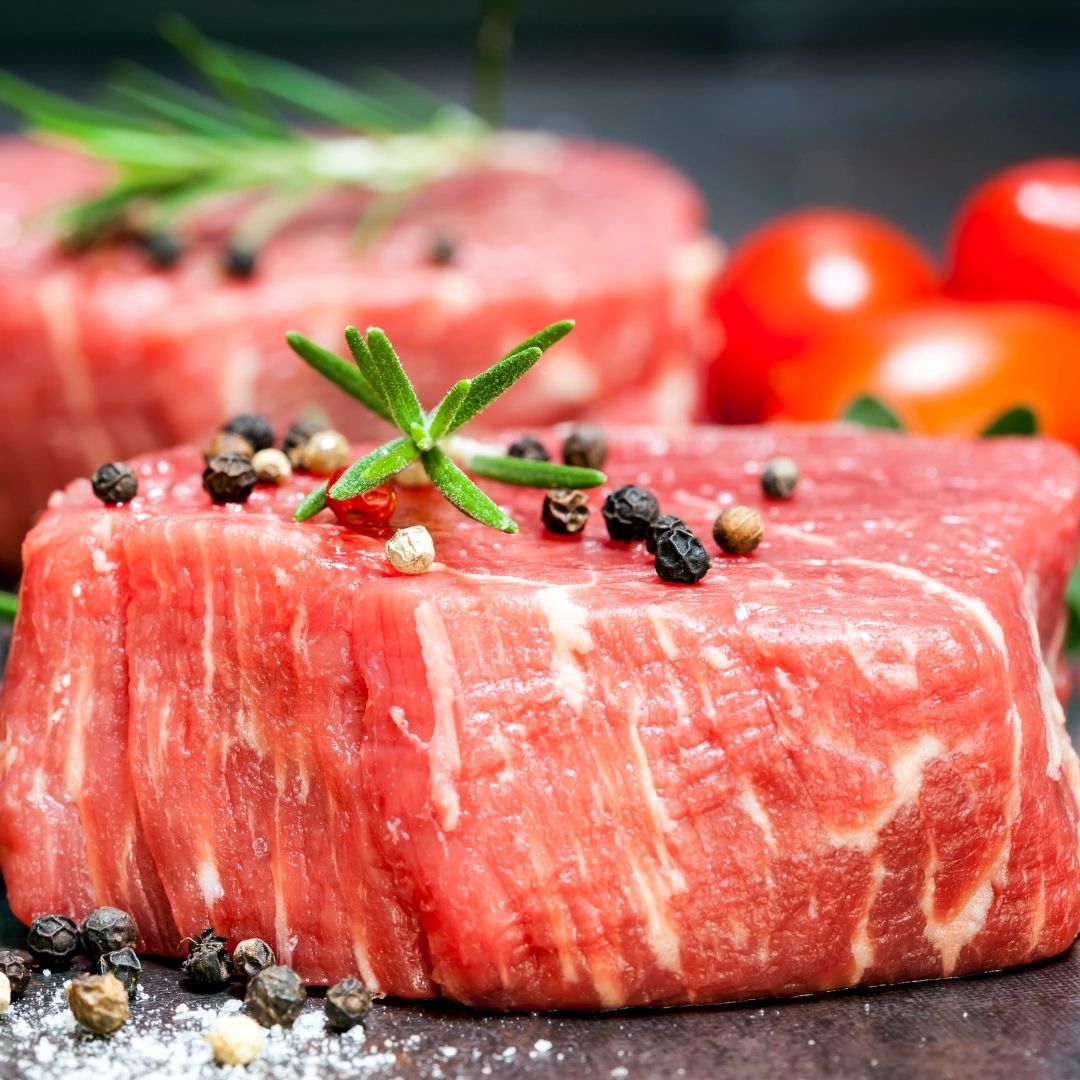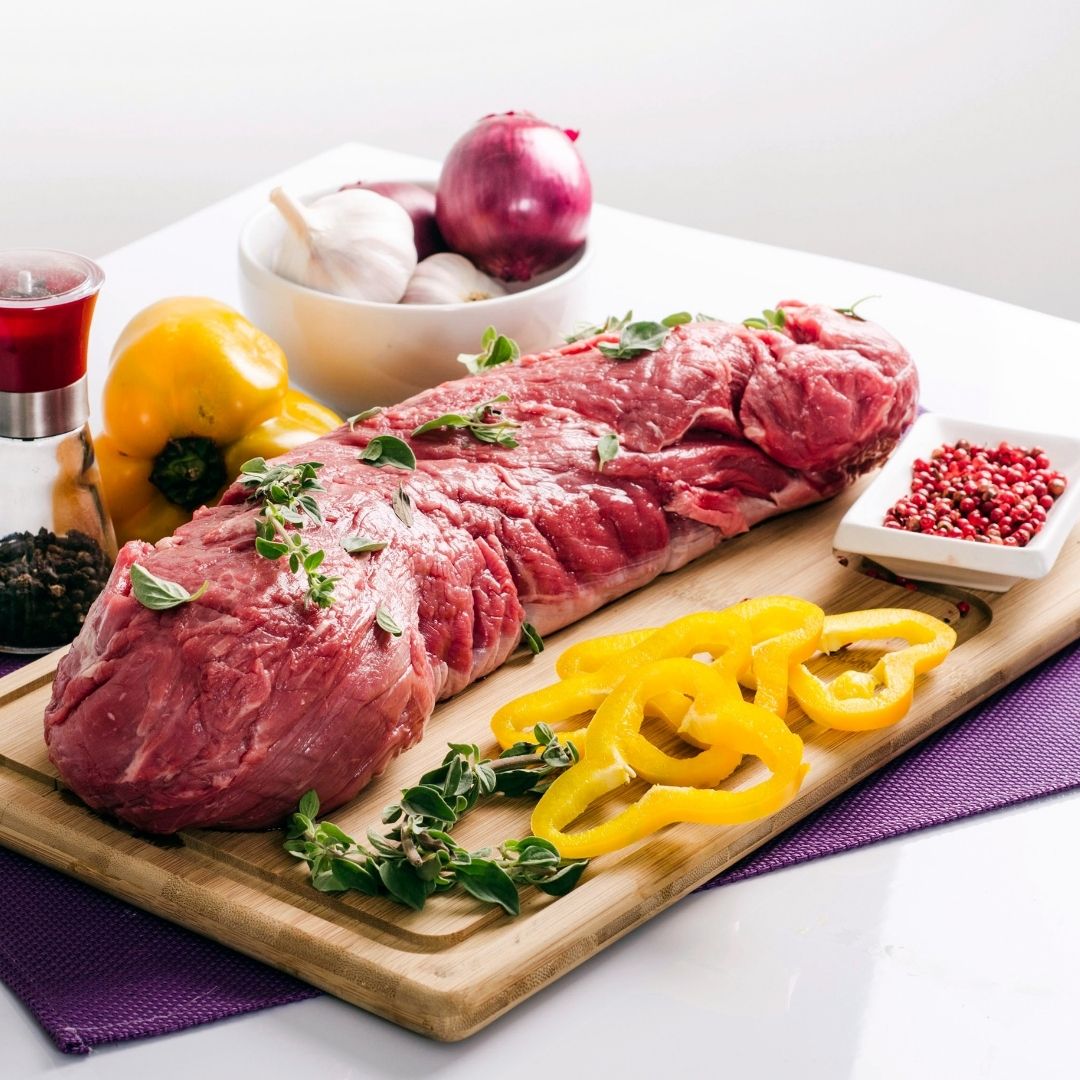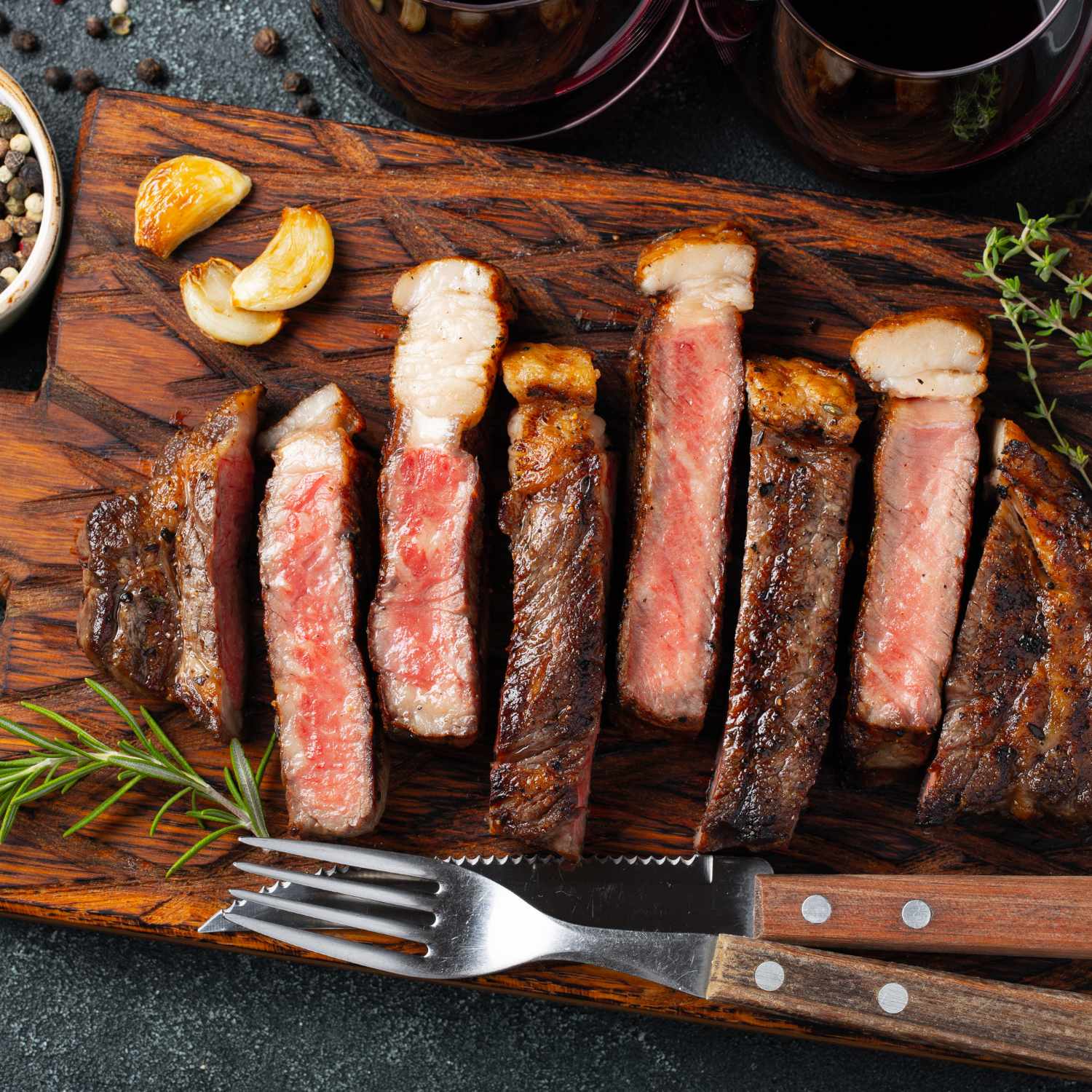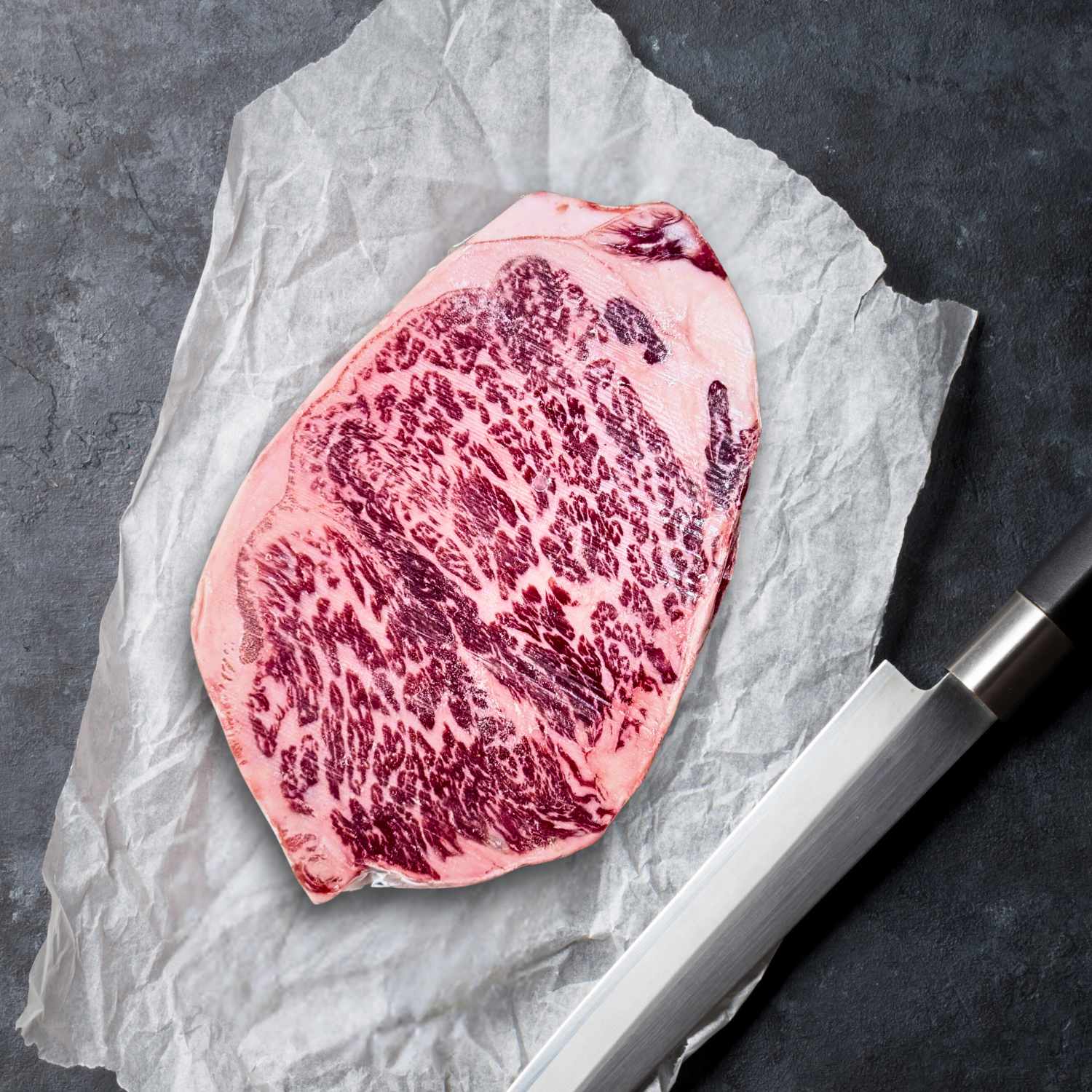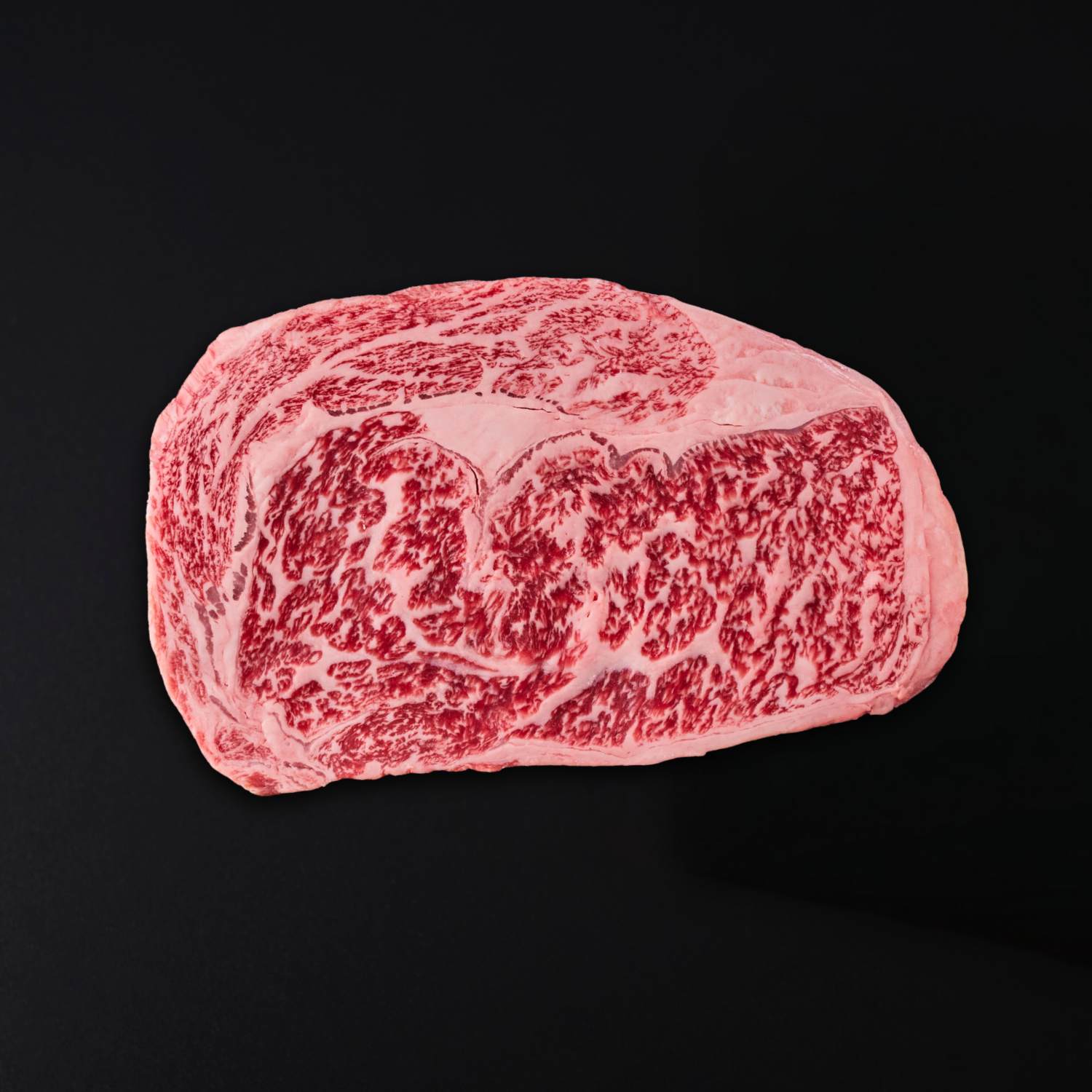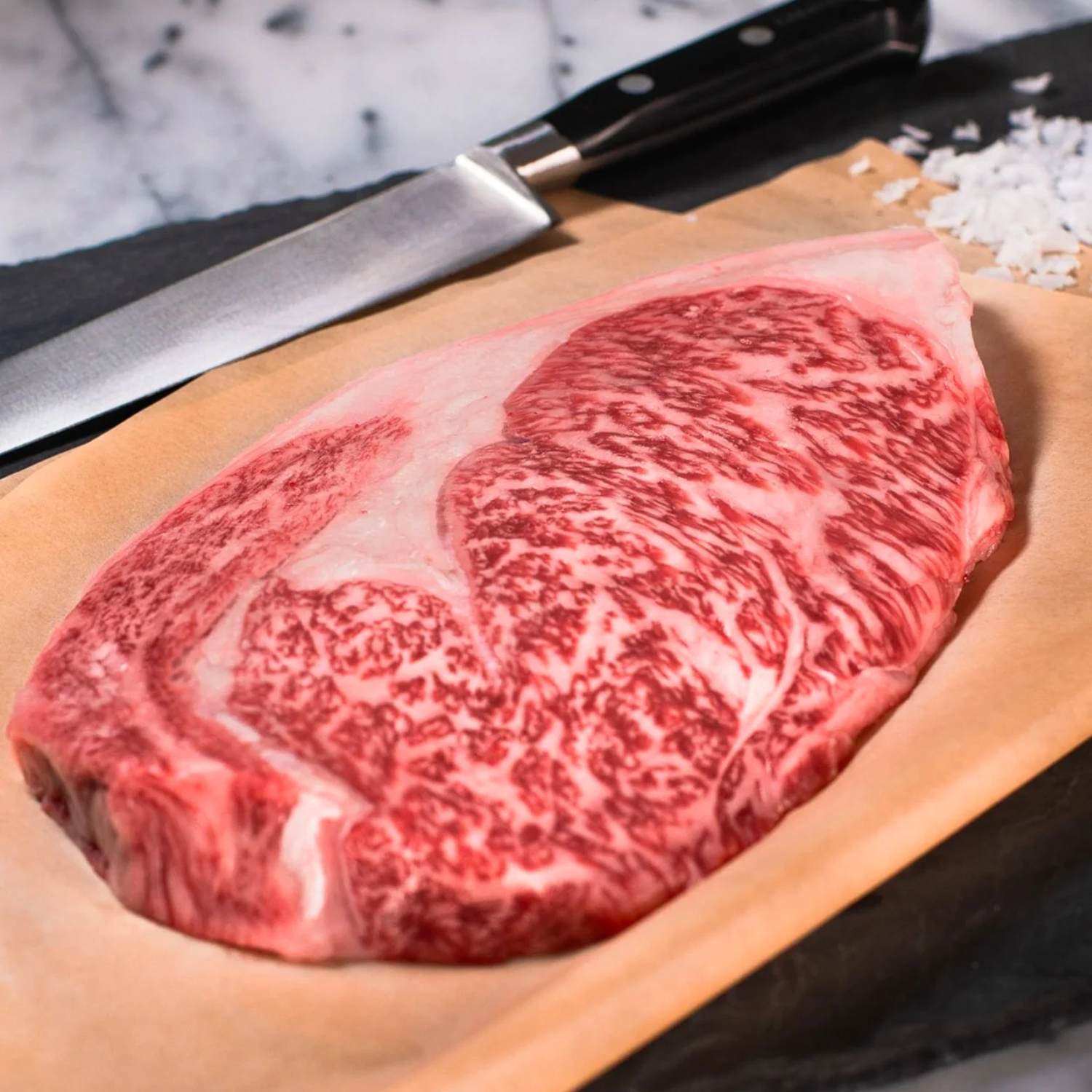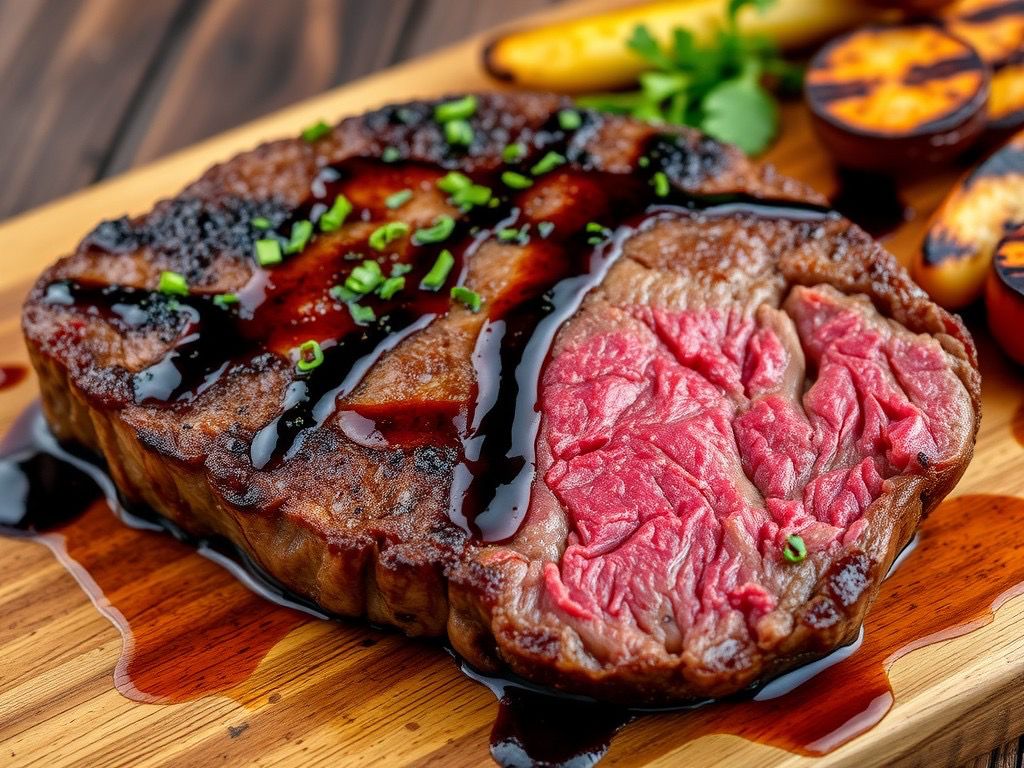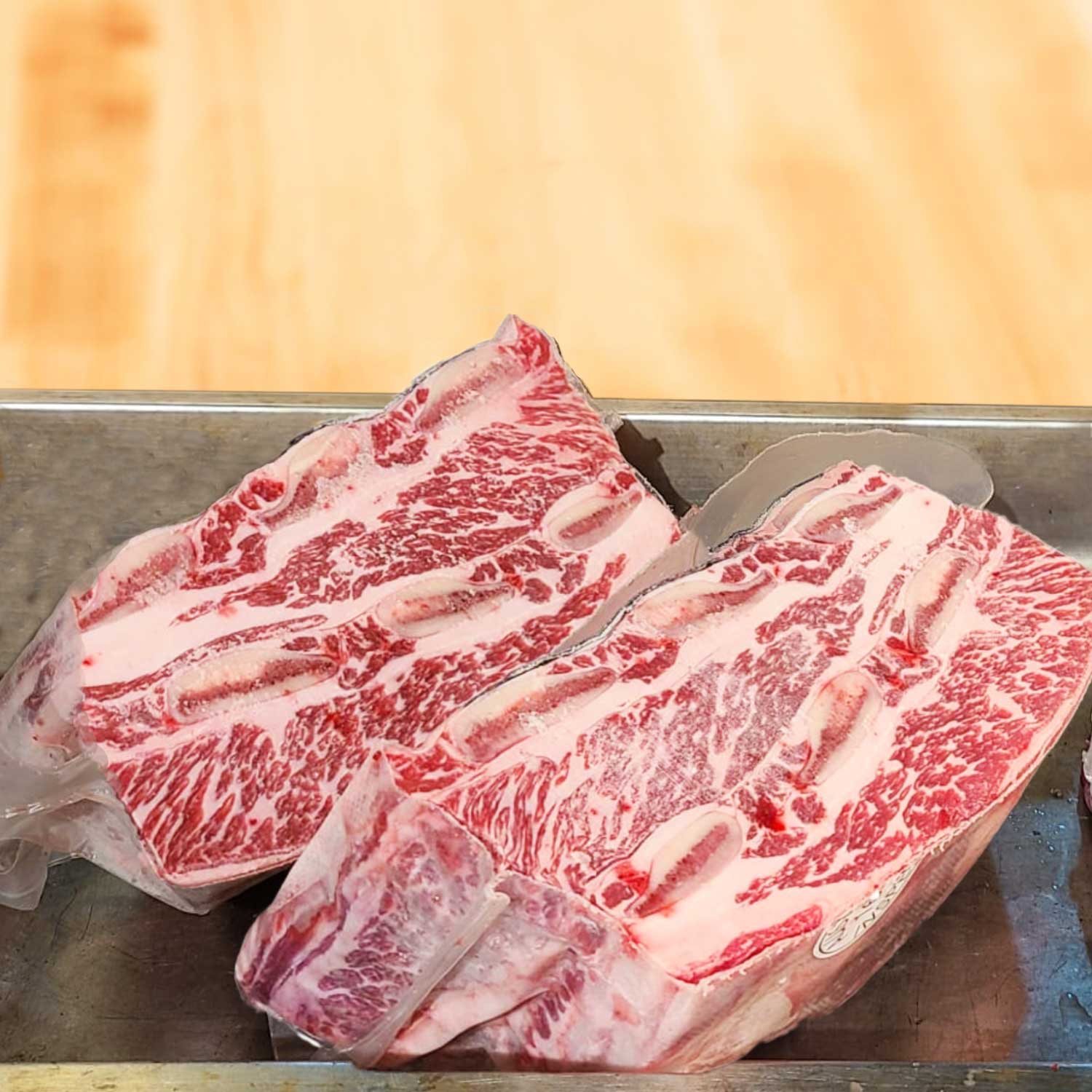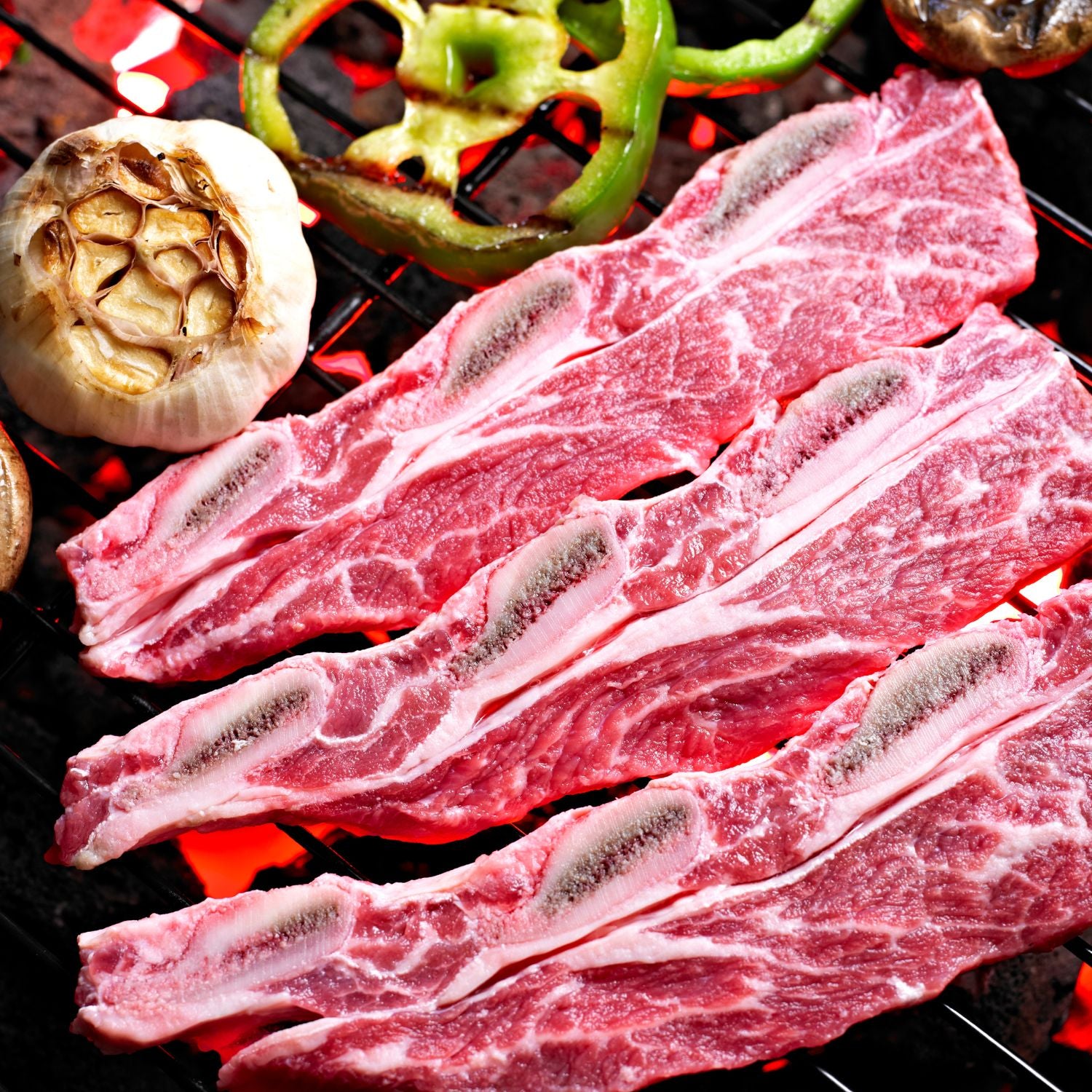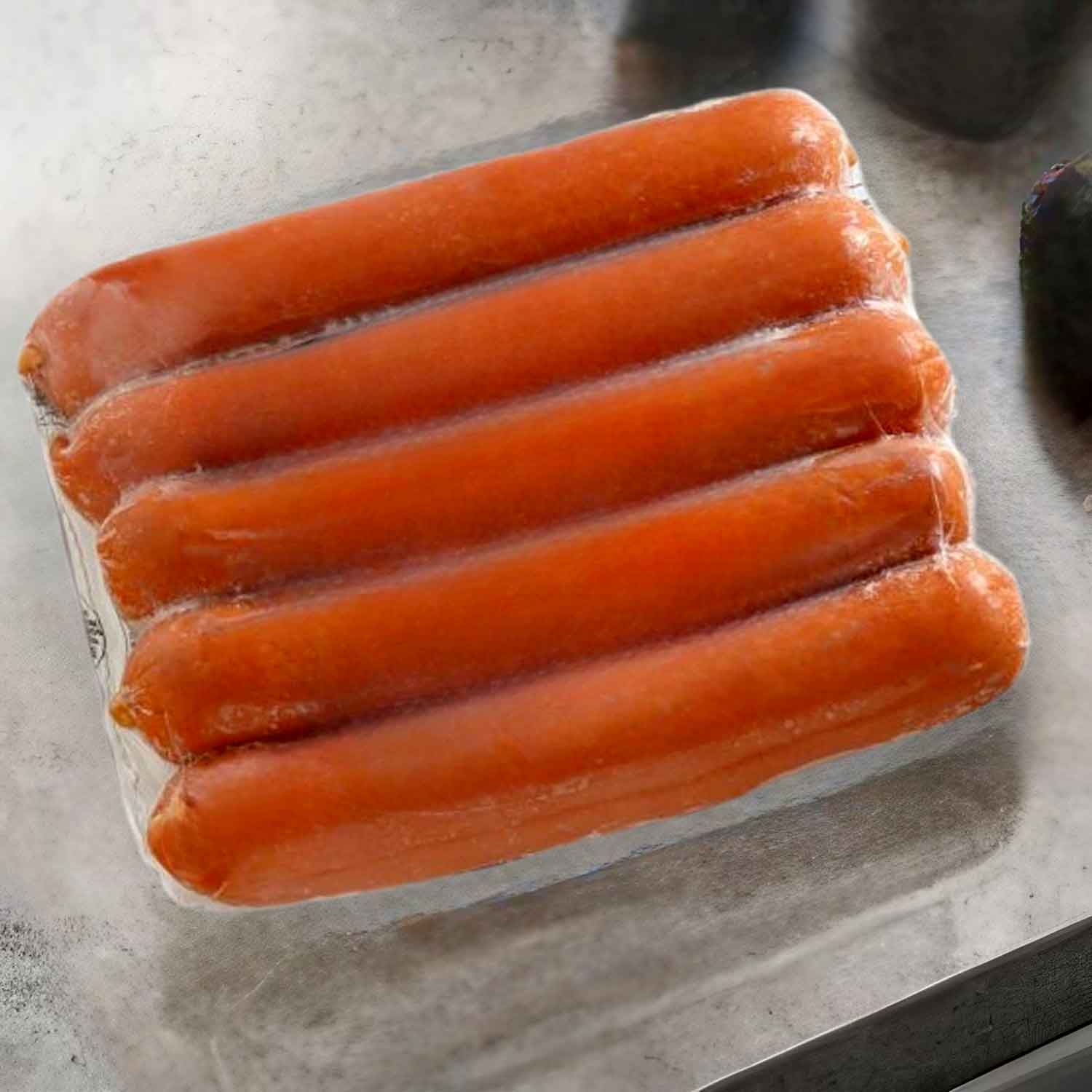Understanding Wagyu: A Guide to the Ultimate Steak Experience
What Is Wagyu Beef?
Wagyu beef is a premium meat from Japan. It is known for its marbling - the fat inside the muscle. This gives it a unique taste and tenderness. Wagyu refers to several breeds of cattle that are raised with special care. These breeds include Kuroge Washu, which is famous for Kobe Beef. They eat a diet that helps to increase their marbling. Plus, they are often massaged to boost blood flow. Their special rearing leads to high-quality beef. In Hong Kong, Wagyu is a symbol of luxury dining. Its rich flavor sets it apart from other beef. Cooking it right can make for an unforgettable meal. It melts in your mouth, making every bite a delight.

Why Wagyu Steaks Are a Culinary Indulgence
Wagyu steaks are a treat for food lovers. They are known for their rich flavor. The marbling of fat makes them tender and juicy. Eating Wagyu is a unique taste experience. Chefs love to cook it, and diners love to eat it. In Hong Kong, Wagyu is a sign of luxury dining. It comes from a special breed of cattle in Japan. The care given to these cows adds to the taste. When cooked right, Wagyu melts in your mouth.
The Journey of Wagyu Beef from Japan to Hong Kong
The story of Wagyu beef fascinates food lovers. It begins in Japan, home to the renowned cattle. These cows get special care, leading to exceptional meat. Over time, Hong Kong has embraced Wagyu. Experts here know that this beef is more than food; it's a tradition. They keep the high standards set by Japan. Now, chefs and home cooks alike treasure Wagyu in Hong Kong. As such, this city is now a hub for Wagyu steak lovers. From high-end restaurants to kitchen tables, the love for Wagyu grows. Each bite tells the tale of its journey from Japan to Hong Kong.
Essential Techniques for Cooking Wagyu Steaks
Selecting the Best Wagyu Cut for Your Palate
When choosing Wagyu, consider the marbling. Marbling refers to the white flecks of fat in the meat. It's key for flavor and tenderness. There are four main types of Wagyu cuts: striploin, ribeye, tenderloin, and sirloin. Each cut has a unique taste and texture. Striploin is balanced in flavor and fat, perfect for those new to Wagyu. Ribeye is rich and buttery, with more marbling. Tenderloin is the leanest, giving a delicate flavor. Sirloin offers a mix of tenderness and robust beefy taste. Think about your flavor preference when picking a cut. Keep in mind the cooking method you plan to use. Some cuts, like ribeye, work great on grills. Others like tenderloin, are better for searing. Look for quality grades. In Hong Kong, Wagyu is graded by marbling, color, and firmness. Select a reputable supplier. Make sure the Wagyu is authentic and well-handled. This will ensure the best steak experience.
The Ideal Cooking Methods for Wagyu Steaks
Wagyu steaks are rich in flavor and need careful cooking. Here are top methods:
- Pan-Searing: High heat for a crisp crust. Use cast iron for best results.
- Grilling: Charcoal grills add a smoky touch. Avoid flare-ups to prevent burning.
- Sous Vide: For even cooking and perfect doneness. Finish with a quick sear.
- Oven Roasting: Start on the stove, then move to the oven. Use a meat thermometer.
Each method brings out Wagyu's unique qualities. Remember not to overcook!
Seasoning and Sauce Pairing: Enhancing the Wagyu Dining Experience
Seasoning Wagyu steaks needs a light touch. Use salt and pepper just before cooking. For sauces, consider subtle flavors. Pair with a red wine reduction or a delicate béarnaise. Try Asian-inspired sauces like a soy glaze for variety. Avoid heavy sauces that mask Wagyu's taste. Remember, less is often more with high-quality beef.
Advanced Tips for Wagyu Aficionados
How to Sous Vide Wagyu Steaks for Ultimate Tenderness
Sous vide, a method where food is vacuum-sealed and cooked in a water bath, is perfect for Wagyu steaks.
Here's how you can achieve tender Wagyu perfection:
- Season the steak with salt and pepper or a spice rub of your choice.
- Place the steak in a vacuum-sealed bag, removing all air.
- Set the sous vide machine to the precise temperature (usually around 129°F for medium-rare).
- Cook the steak for 1-3 hours, depending on its thickness.
- After sous vide, quickly sear the steak on a high-heat pan for a flavorful crust.
- Rest the steak for a few minutes, then slice and enjoy its unparalled tenderness.
Creative Ideas for Wagyu Steak Dishes
When cooking Wagyu steak, creativity can be as important as technique. Here are some inventive ways to elevate your Wagyu dishes:
- Wagyu Sushi Rolls: Thinly slice raw Wagyu for a luxe twist on sushi. Pair with wasabi for a kick.
- Wagyu Sliders: Small yet flavorful, these mini burgers showcase the beef's quality in two bites or less.
- Steak Crostini: Place seared Wagyu atop a crisp slice of bread, adding a spread like horseradish cream.
- Wagyu Beef Tacos: Combine Mexican street food with Japanese luxury, adding a salsa that complements the meat’s richness.
- Stuffed Wagyu Steak: Fill your steak with cheeses, herbs, or even more Wagyu for a decadent meal.
Each idea brings out Wagyu's unique flavor and texture, offering an unforgettable dining experience in Hong Kong.
The Do's and Don'ts of Wagyu Steak Preparation
- Do: Let the meat come to room temperature before cooking. It cooks more evenly this way.
- Don't: Overcrowd your cooking surface. Wagyu needs space for a good sear.
- Do: Use high smoke point oils to avoid burning. Grapeseed oil works well.
- Don't: Overcook Wagyu. It's best enjoyed medium-rare to medium.
- Do: Rest your steak after cooking. It allows the juices to redistribute.
- Don't: Cut into the meat to check doneness. Use a meat thermometer instead.
- Do: Season simply. Salt, pepper, and maybe a touch of rosemary enhance the flavor.
- Don't: Forget about texture contrasts. Add crunch with a side salad or nuts.



